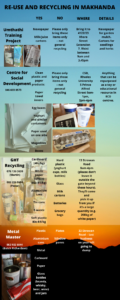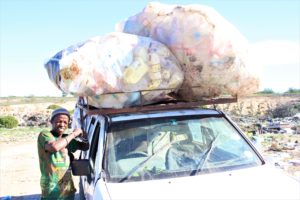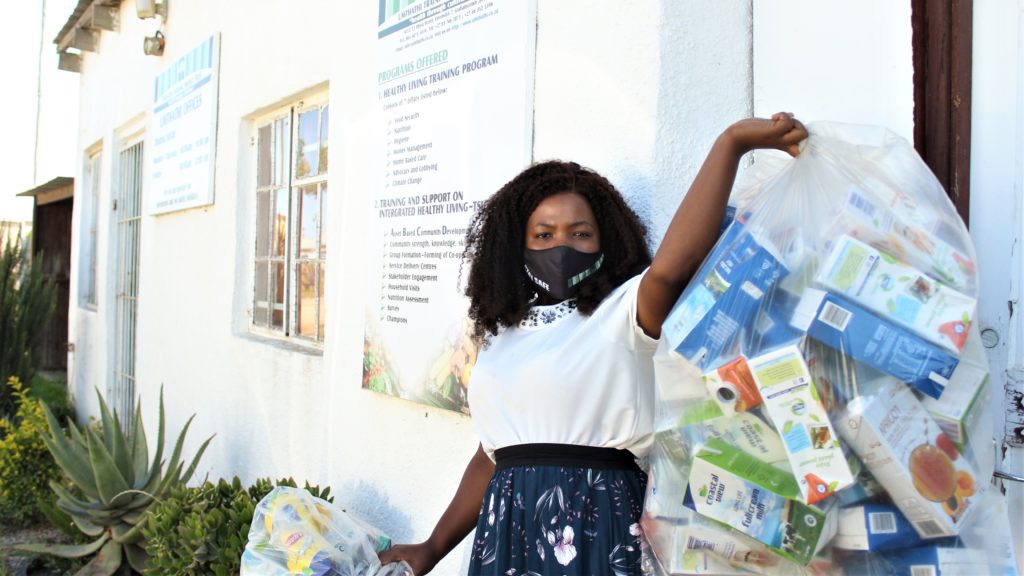“Most landfills separate their waste,” says Victoria Warner, CEO of Separation at Source (S@S), the company subcontracted by Mphele Engineers to manage the recycling operations at the Makhanda landfill during the next three years.
“A proper waste management system separates commercial, hazardous, green, general and household waste,” Warner explains. “In Makhanda, it’s all one combined nightmare.”
Coming soon from S@S will be more information about their plan to boost local recycling, turn waste into a more viable living for the reclaimers community, and in the process, reduce the amount of waste filling up the landfill.
Meanwhile, we’ve compiled the guide below so that if you aren’t already, you can start sorting your household waste to give someone else a chance to make a living- and make it safer and more pleasant for them to sort through what you’ve discarded. We’ll keep adding to this guide as we find out more.
If you’re in doubt where to find the individual recycling operations, you may take your separated waste to the landfill during operational hours (7am to 6pm) and hand it to the reclaimers there. Please do not leave it outside the landfill.



https://www.grocotts.co.za/2021/02/15/solving-makhandas-63-00-ton-a-year-problem/



